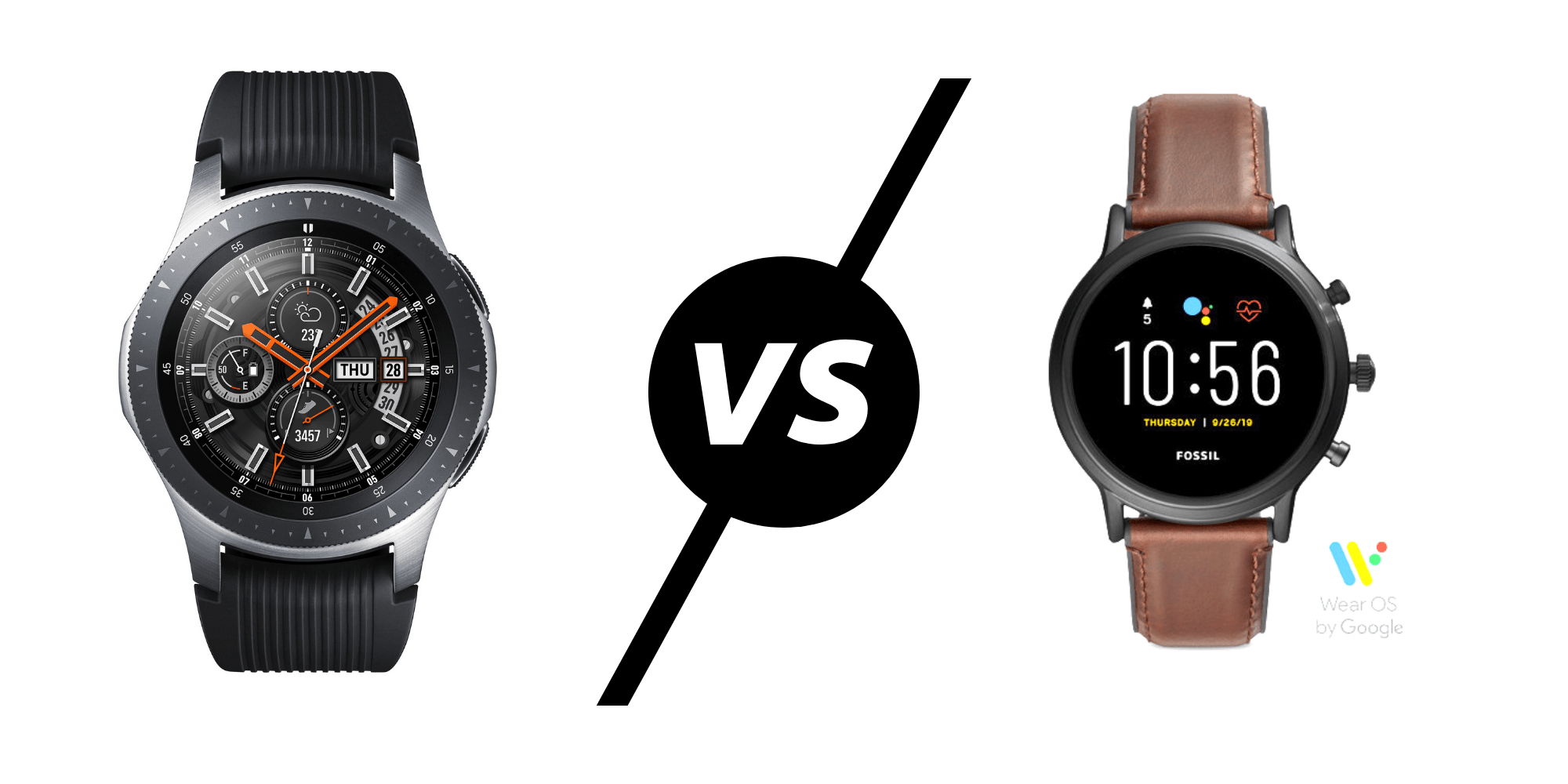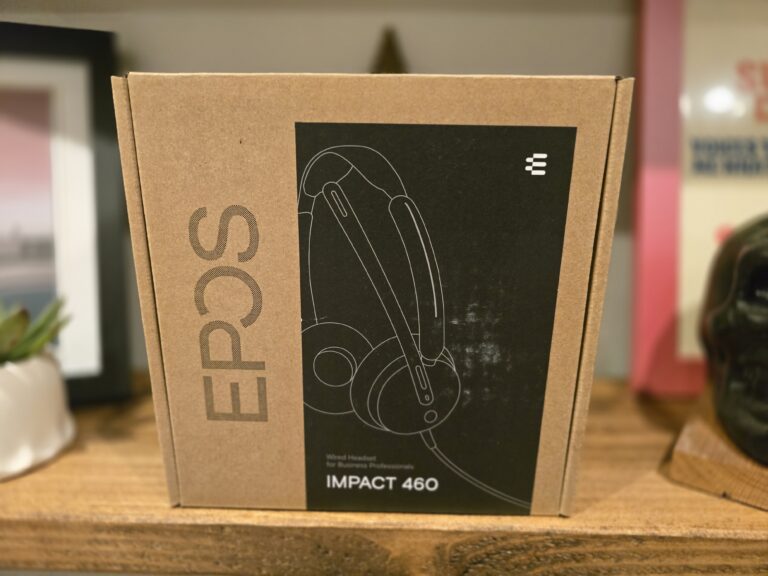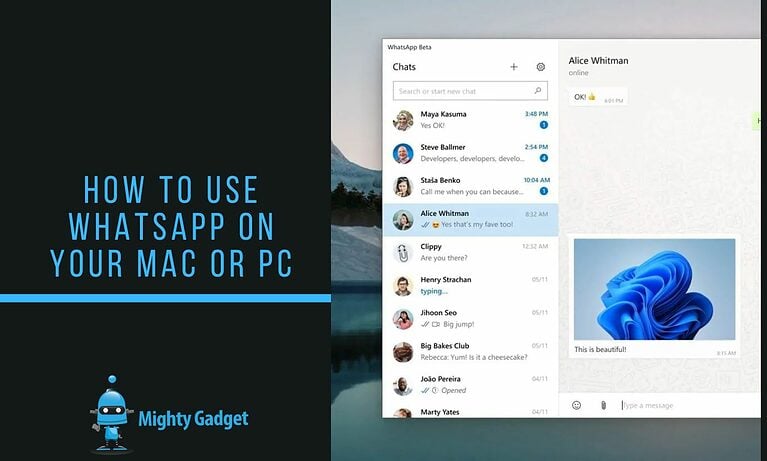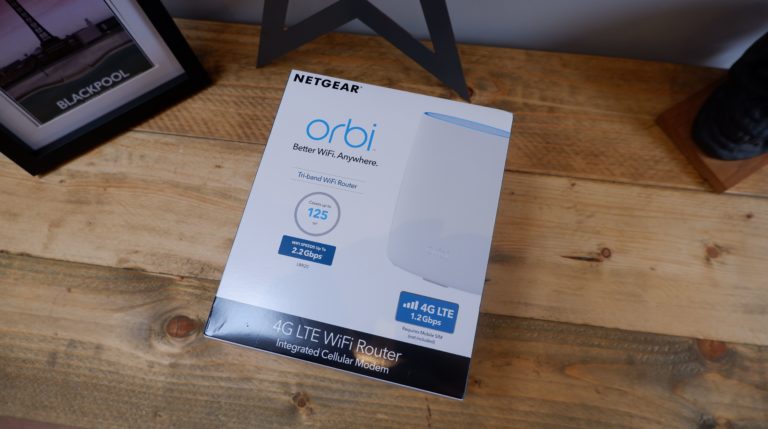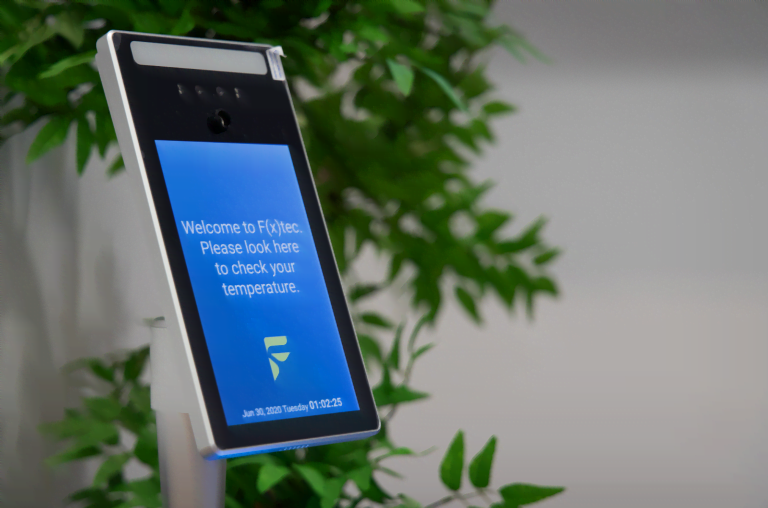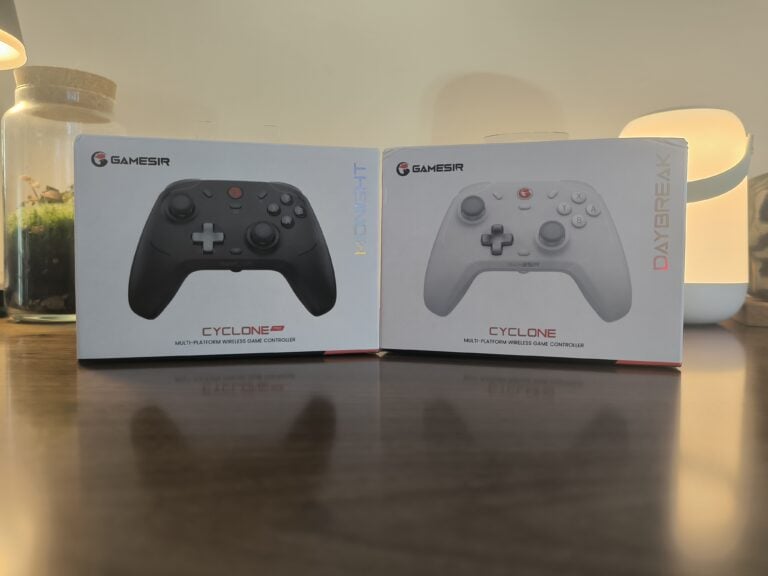Any links to online stores should be assumed to be affiliates. The company or PR agency provides all or most review samples. They have no control over my content, and I provide my honest opinion.
With the launch of the new Samsung Galaxy Watch Active2 which features the Exynos 9110 I thought it would be worth looking how this chipset stacks up against the Qualcomm offerings.
In the world of smartphone chipsets when comparing different brands, it is a small difference here and there. When the Kirin 980 was released, it was the best chipset on the market, but then the Snapdragon 855 launched and that was seen as the best on the market. Most of them have similar specs and are made on similar fabrication processes.
Not so when it comes to the chipsets for smartwatches. The differences between the Samsung made chips, and the Qualcomm is quite extreme.
Samsung Exynos 9110
While Samsung only uses 2 cores for their chips, these are based on the Cortex-A53 microarchitecture which implements the ARMv8 ISA providing 64-bit compatibility.
Cortex A53 was introduced in 2014 and Samsung fabricate it on the 10nm fabrication process.
The GPU is a Mali-T720, there is no confirmation on the number of cores, but it is believed to be one. This was first seen back in Oct 2015 used in the Exynos 7 Octa 7580 which was used in phone likes the Samsung Galaxy A3 (2016)
Qualcomm Snapdragon 3100 & 2100
Both Snapdragon Wear 3100 and 2100 are the same in all but one aspect. The Snapdragon Wear 3100 introduces a QCC1110 Cortex M0 co-processor, this claims to dramatically improve battery performance
Both chipset us a 4-core 1.2 GHz ARM Cortex A7 which is a 32-bit processor using ARMv7-A built on a massive 28nm fabrication process. This microarchitecture was introduced 8 years ago back in 2011. This is the same process that was used on the Raspberry Pi 2 which launched in 2015.
The Andreno 304 was launched on the Qualcomm 205 back in 2014.
In general, the larger the fabrication process the less efficient the processor is, Qualcomm may claim the Cortex M0 is great for the battery but it is still using a very dated process. Smartwatches, in particular, WearOS, have a notoriously bad battery life so it is easy to see where we could improve things.
Neither chipset looks particularly amazing when you compare them to smartphones, but this is a niche market for the time being and development is slow. Qualcomm, in particular, seems to be reluctant to make progress with their chipset, and to make matters worse the uptake for the Snapdragon 3100 has been slow and low.
Available Watches
Currently, the only watched that I am aware of that use the new-ish Snapdragon 3100 is are two ultra-premium fashion watches, the Montblanc Summit 2 and the Loius Vuitton Tambour Horizon 2nd Gen.
The LV Tambour wills set you back $2,250 USD – $8,500 USD while the Montblanc Summit 2 is much more sensible priced at £799…
For normal people, this then leaves you with the Fossil Sport and the new GEN 5. These are priced from about £220
On the flip side of this, Samsung has several attractive watches using the Exynos 9110, including the new Galaxy Watch Active2 and the previous generation too. The original Galaxy Watch Active is available from just £180.
The problem with Samsung is that their watches use Tizen instead of WearOS. While WearOS has a lot of issues, it is a bit more feature-rich than Tizen witch considerably less third party apps.
[content-egg module=Amazon template=list]
| Snapdragon Wear 4100+ | Snapdragon Wear 3100 | Snapdragon Wear 2100 | Exynos 9110 | |
|---|---|---|---|---|
| First announced | June 2020 | September 2018 | 1st February 2016 | August 9, 2018 |
| Fabrication Process | 12nm | 28nm | 28nm | 10 nm (0.01 μm, 1.0e-5 mm) |
| Core count | 4 | 4 | 4 | 2 |
| Clock Speed | 1.7 | 1.2 GHz | 1.2 GHz | 1.15 GHz |
| Core name | ARM Cortex A53 | ARM Cortex A7 | ARM Cortex A7 | Cortex-A53 |
| CPU Architecture | 64 bit | 32-bit | 32-bit | 64 bit |
| Integrated gpu | Adreno 504 @750Mhz | Adreno 304 GPU @400Mhz | Adreno 304 GPU | Mali-T720 MP1? |
| Coprocessor | Enhanced QCC1110 Cortex M0 | QCC1110 Cortex M0 | No | No |
| RAM | LPDDR3 750Mhz | LPDDR3 400Mhz | ||
| Isa | ARMv7-A | ARMv7-A | ARMv7-A | ARMv8.2 |
| 802.11b/g/n | 802.11b/g/n | 802.11n | Wi-Fi 802.11b/g/n | |
| Bluetooth 5, | Bluetooth 4.1 | Bluetooth 4.1 | Bluetooth 4.2 | |
| Cellular | X5 2G/3G/LTE (Cat 4, up to 150/50 Mbit/s) | X5 2G/3G/LTE (Cat 4, up to 150/50 Mbit/s) | X5 2G/3G/LTE (Cat 4, up to 150/50 Mbit/s) | 3G/LTE |
I am James, a UK-based tech enthusiast and the Editor and Owner of Mighty Gadget, which I’ve proudly run since 2007. Passionate about all things technology, my expertise spans from computers and networking to mobile, wearables, and smart home devices.
As a fitness fanatic who loves running and cycling, I also have a keen interest in fitness-related technology, and I take every opportunity to cover this niche on my blog. My diverse interests allow me to bring a unique perspective to tech blogging, merging lifestyle, fitness, and the latest tech trends.
In my academic pursuits, I earned a BSc in Information Systems Design from UCLAN, before advancing my learning with a Master’s Degree in Computing. This advanced study also included Cisco CCNA accreditation, further demonstrating my commitment to understanding and staying ahead of the technology curve.
I’m proud to share that Vuelio has consistently ranked Mighty Gadget as one of the top technology blogs in the UK. With my dedication to technology and drive to share my insights, I aim to continue providing my readers with engaging and informative content.

